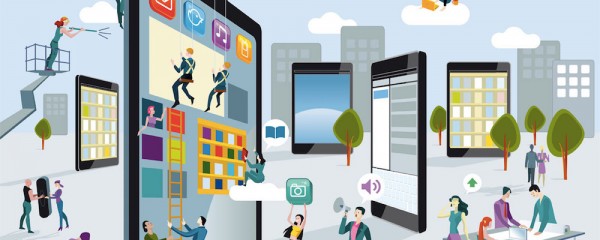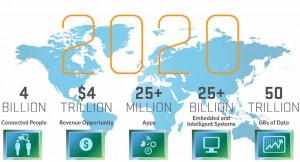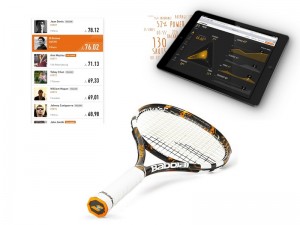02
Dec 2015
IOT FOR THE “SMART” WORLD
Today we will discuss about the IoT and the future of the new business model. In the Quality Blog , I’ve also discussed about the advantages of IoT for the products’ quality (check the article here), and in this article, let’s dig out more about this IoT and the advantages for your business model!
The “Smart” Concept
Nowadays, lots of products are getting more sophisticated. The key is located in its materials. Following the revolving technology, more and more products’ materials are filled with sensors and microchips, enabling the product to communicate with each other and with human beings. How? Using the so called “Internet of Things” or widely known as IoT.
Many manufacturers are awaken to the concept of “smart” products. Not only for the regular things, but you’ve also read about the future Smart Home, right? (Click here to read the Future Smart Home article). “Smart” term here doesn’t only mean connected, but also can be detected, can communicate with each other and human beings. One big American research firm predicts that by 2020, number of wirelessly connected products in existence (not including smartphones or computers) will increase from to 21 billion. This concept will be a great help for stock-keeping and supply-chain management. Founder of Evrythng (technology for connected objects provider) adds that businesses will be able to follow the progress of their products from factory to shop to end-consumer—and the products will be able to “speak” to whoever handles them.
The Customer Relationship
There’s one more field that will be affected: customer relationship. Just like Marketing says, understanding what customers want and maintaining a good relationship with customers are 2 important points. Maintaining a good relationship with customers is not only needed by retailers, but also by manufacturers. In fact, only retailers that have chances to gain their customers’ informations, but how about manufacturers? It’s a one step behind retailers. In this term, I’m talking about the end customers or the consumers.
Amazon’s business model has been built around understanding shoppers’ interests and suggesting things they might want to buy. Google is exploiting its expertise in integrating user data into its products to move into new areas .
Thanks to sensors and microchips to products and internet connection, manufacturers now can know lots more about how end-consumers are using them. This definitely will help manufacturer to develop their products and fix any defaults quicker. More and more manufacturers adapt and use this technology. For example, GE uses sensors to monitor how its jet engines are performing in the air, and to diagnose emerging problems. Other example can be found at Tesla. When they found that some of its cars had a problem with uphill starts, for example, it fixed it by transmitting a software update.
This whole idea gives birth to a new product concept. Once the product is bought by customer, if there are defects, it can get better after they are bought.
Michael Porter, who is widely known for its Porter 5 Forces, predicts that the rise of wirelessly connected products will make a “new era of competition”. Manufacturers will gain an equal position with retailers and the owners of technology platforms. For manufacturers, it doesn’t stop there. They will also be able to expand into providing services. Like Babolat (tennis racquets manufacturer), who is getting into the business of coaching. They add sensors inside the racquets that feed data to your smartphone, to advise you on how to improve your serve.
Babolat’s New Technique Racquet
In Conclusion…
Well, you can see that it’s all about technology and IT. In this changing and revolving world, more and more IT experts will be needed.
PS: And I believe, it won’t stop there 
“In the new economy, information, education and motivation are everything – William J. Clinton”
Adapted from The Economist


































